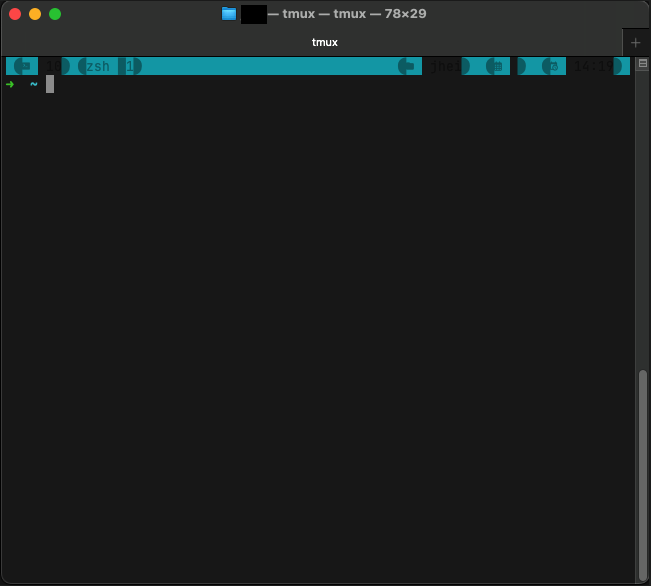Linux
5081 readers
138 users here now
A community for everything relating to the linux operating system
Also check out !linux_memes@programming.dev
Original icon base courtesy of lewing@isc.tamu.edu and The GIMP
founded 1 year ago
MODERATORS
126
127
128
162
“Something has gone seriously wrong,” dual-boot systems warn after Microsoft update
(arstechnica.com)
129
130
131
132
133
134
135
136
137
138
139
42
140
141
142
143
144
145
146
147
148
100
Ubuntu will use the latest version of the Linux kernel for new releases moving forward
(www.techspot.com)
149
150


 Alt text: An image of the purchase checkout options for the MinisForum V3 Tablet with the Magnetic Detachable Keyboard (both which are on sale for $999.00 and $149.00 USD respectively as of Aug 21, 2024)
Alt text: An image of the purchase checkout options for the MinisForum V3 Tablet with the Magnetic Detachable Keyboard (both which are on sale for $999.00 and $149.00 USD respectively as of Aug 21, 2024)